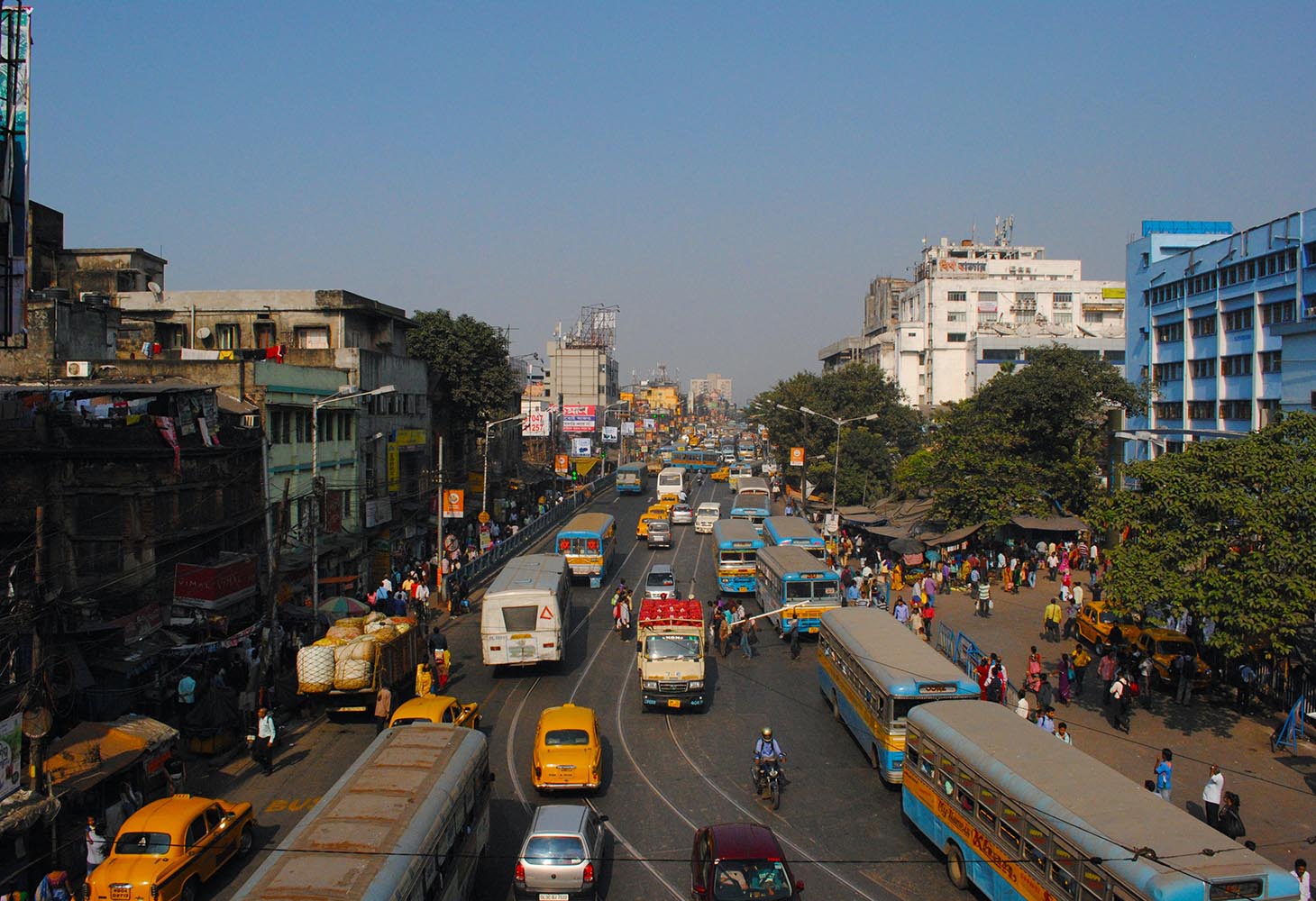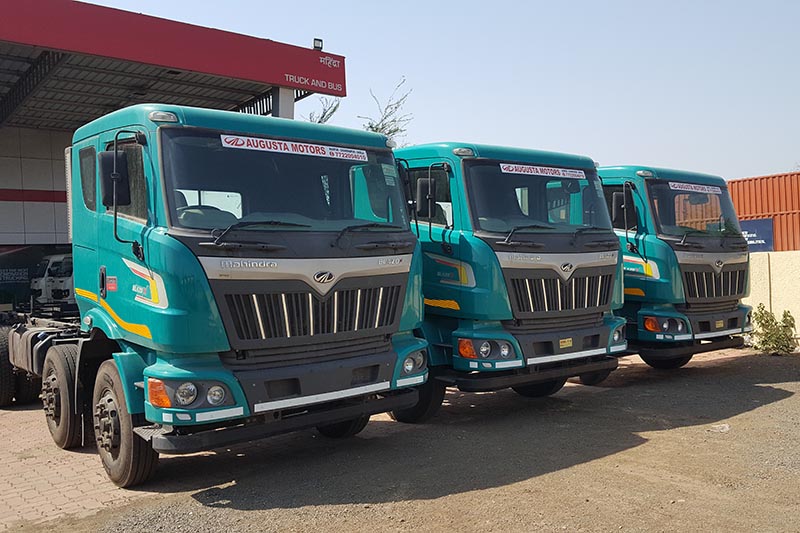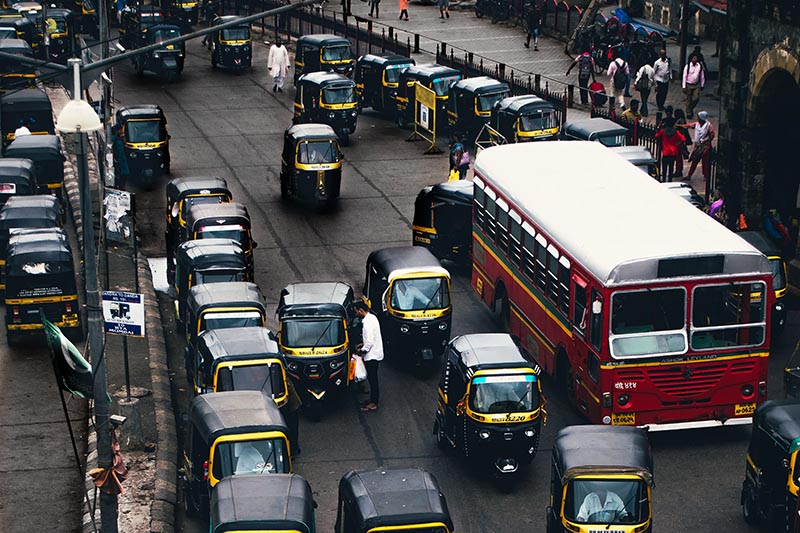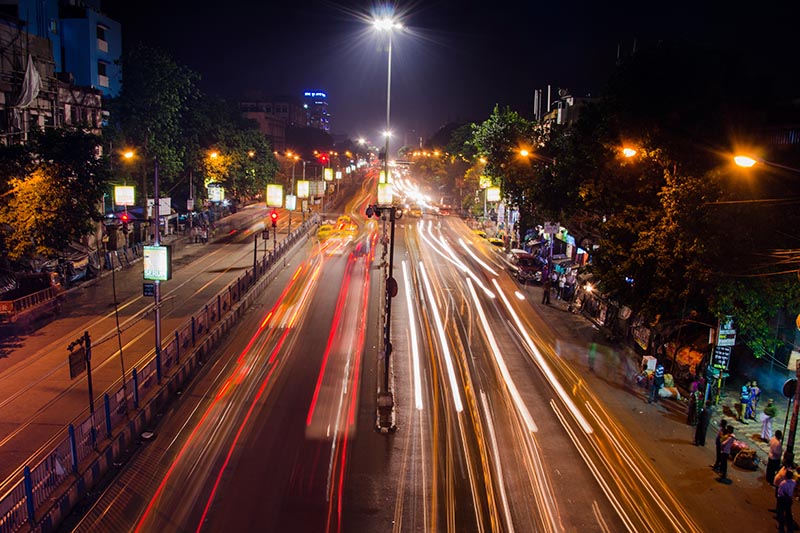
India tightens fuel economy standards for heavy-duty vehicles
India is the world’s fourth biggest emitter of carbon dioxide (CO2). In 2021, during the 26th Conference of the Parties to the United Nations Framework on Climate Change (COP26) held in Glasgow, Scotland, Prime Minister Narendra Modi pledged that India would achieve net zero carbon emissions by 2070.
The declaration was one of several environmental commitments, including the development of a non-fossil energy capacity of 500 gigawatts (GW), fulfilling half of India’s energy requirements through renewable energy and reducing projected carbon emissions by one billion tonnes, by 2030. Modi outlined his government’s intention to reduce the carbon intensity of India’s economy by 45% by the end of the decade, compared to 2005 levels.

Just over one year on from COP26 and the world’s second most populous country has taken several steps to promote faster decarbonisation. On January 1, 2023, the 2022 Energy Conservation (Amendment) Act came into force in India. The act was passed by both houses of Parliament in 2022 and makes significant changes to the 2001 Energy Conservation Act.
Key highlights include empowering the central government to specify a carbon credit trading scheme, a mandate on the use of non-fossil fuel sources, an energy conservation code for buildings, the expansion of energy consumption standards to vehicles and vessels and the introduction of penalties for those failing to meet their obligations. The regulation is a positive step for a country that relies on crude oil imports to satisfy domestic demand.
A carbon market provides a mechanism for reducing emissions in India. However, the Carbon Credit Trading Scheme is yet to be notified and there is no clarity on the scope or implementation timeline. Some industry stakeholders have queried whether the Ministry of Power is the appropriate ministry to regulate the scheme and if a market regulator for carbon credit trading should be specified in the act.
Under the 2022 Energy Conservation (Amendment) Act, a proportion of energy needs must be satisfied by non-fossil sources. The regulation outlines a minimum share of consumption for “designated consumers” across a range of industries—including the industrial, transport and petrochemical sectors. Concerns have been raised around the ability of certain consumers to meet minimum thresholds. In many areas power supply is a monopoly, restricting the ability to obtain electricity from a specific source.
Section 14 of the act has been modified to extend energy consumption standards to include vehicles and vessels (boats and ships). Although, since April 2017, manufacturers and importers of M1 motor vehicles—passenger vehicles comprising no more than nine seats and with a gross vehicle weight (GVW) of up to 3.5 tonnes—were already required to comply with average fuel consumption standards.

Those failing to achieve mandated fuel consumption standards are liable for a penalty of up to INR1,000,000 (USD12,116). An additional penalty for vessels contravening the regulations of up to twice the price of every metric ton of oil equivalent consumed over the prescribed norms may also be imposed. Vehicle manufacturers flouting fuel economy rules may face an additional penalty per unit of vehicles sold in the corresponding year of either INR25,000(USD303) per vehicle for non-compliance with norms up to 0.2 litres per 100 kilometre (km), or INR50,000 (USD605) per vehicle above 0.2 litres per 100 km.
A penalty of INR1,000,000 (USD12,116) for each offence is payable by designated consumers who do not achieve mandated levels of non-fossil sources with further penalties of twice the price of every metric ton of oil equivalent. The act also details additional penalties of between INR2,000 (USD24.23) and INR5,000 (USD60.58) per appliance in relation to non-compliance.
The 2022 act encourages greener fuels and improvements in India’s emission levels. India has already taken a giant leap forward in its efforts to reduce vehicle tailpipe emissions following the introduction of the Bharat Stage VI emission standard in April 2020, transitioning directly from BS Stage IV and skipping V.
There has been commentary that fuel economy regulations in the region are comparatively soft—particularly in the heavy-duty arena. This changed on April 1, 2023.
Almost half of India’s carbon dioxide emissions from road transport come from freight, according to the International Energy Agency (IEA). India’s economy is expected to continue its strong growth in the coming years with Deloitte Insights forecasting growth of 6.5%–6.9% in Fiscal Year (FY) 2022–23 and 5.8%–6.3% in FY 2023–24. This economic outlook means an inevitable increase in the freight industry, a larger volume of medium- and heavy-duty diesel vehicles on India’s roads and higher fossil fuel demand. There are few alternatives to the internal combustion engine in the coming years, although lower carbon intensity fuels will start to play a more prominent role.
A draft notification amending Rule 115 G of the Central Motor Vehicle Rules (CMVR) 1989, issued by the Ministry of Road Transport and Highways (MoRTH) on July 1, 2022, has extended compliance with fuel economy standards to medium- and heavy-duty motor vehicles—both imported and locally manufactured. The new fuel economy norms came into play on April 1, 2023.
Fuel consumption standards were first introduced in India in 2015, with all M1 vehicles required to comply from FY 2018. The new legislation extends the constant speed fuel consumption norms to all new commercial vehicle sales above 3.5 tonnes GVW, excluding Tippers. MoRTH is responsible for enforcement. The Constant Speed Fuel Consumption (CSFC) driving cycle is used to monitor fuel consumption at steady speeds of 40, 50 and 60 km per hour for the duration of the test.

India’s new fuel economy legislation will have a knock-on effect on lubricant manufacturers. Mohnish Shukla, regional market manager at Infineum, noted a need for more advanced lubricants to negotiate a harsher environment for oil in the combustion chamber—while also supporting friction reduction between engine parts. In a recent Infineum Insights publication, Shukla also outlined the importance of lighter viscosity lubricants in unlocking fuel efficiency in heavy-duty applications.
Infineum expects to see a trend to lighter viscosity grades such as SAE 5W-30 for commercial vehicles. Group III base oils and advanced additive technologies are likely to play a key role as well. The UK-based fuel and lubricant additive producer also expects to see manufacturers of high-quality base stocks expand their Indian footprint to simplify the supply chain.
In what is an increasingly congested regulatory landscape, changes to India’s emissions standards also come into effect on April 1, 2023. Bharat Stage VI Phase II forces automakers to meet emissions targets in real-world conditions under Modified Indian Test Cycle standards, in addition to laboratory testing. Real Driving Emission (RDE) offers a more realistic indication of emissions performance and will apply to all new vehicles from passenger cars and two-wheelers through to trucks and buses.
RDE norms have significant implications for automakers with more sophisticated equipment needed to meet new standards including on-board self-diagnostic devices that monitor real-time driving emission levels. Also, there are additional costs associated with upgrading engines. VE Commercial Vehicles (VECV), a joint venture between the Volvo Group and Eicher Motors, expects a 5% increase in the price of its models because of legislation.
Diesel vehicles are more heavily impacted than their petrol counterparts with the need to transition to the more expensive SCR (selective catalytic reduction), an advanced active emissions control technology system that reduces tailpipe emissions of nitrogen oxides (NOx). Larger diesel vehicles with displacement over 2000cc have already made the transition to SCR during Phase I of the Bharat Stage VI emission norms in 2020.
Cost rises could mean carmakers may discontinue certain models of diesel vehicles. Honda has already announced it will stop selling passenger cars with diesel engines in India from early 2023 due to the costs associated with upgrading to RDE. A large drop in the resale value of older diesel vehicles in India is also anticipated.








